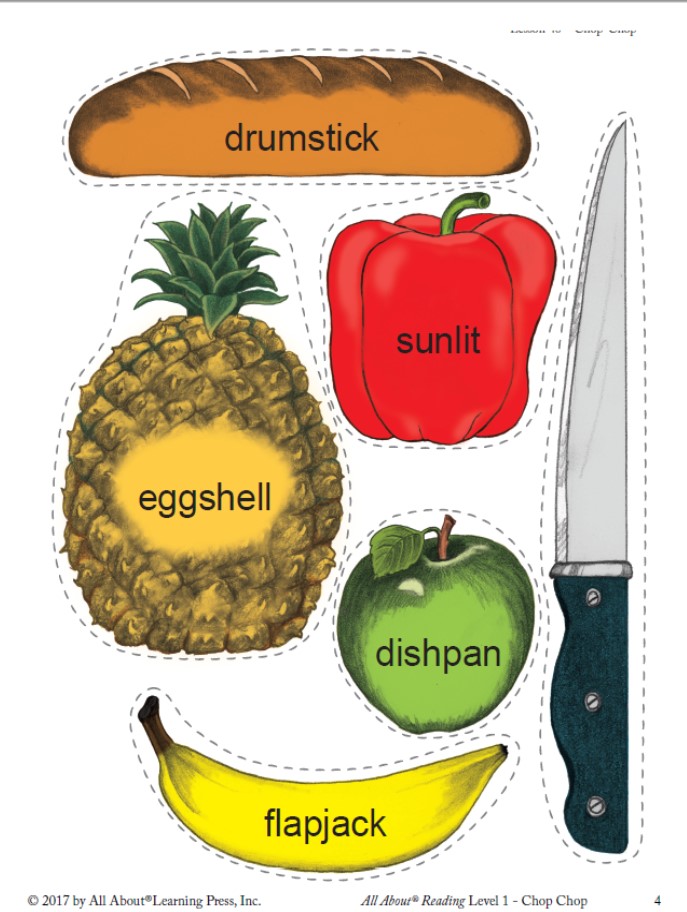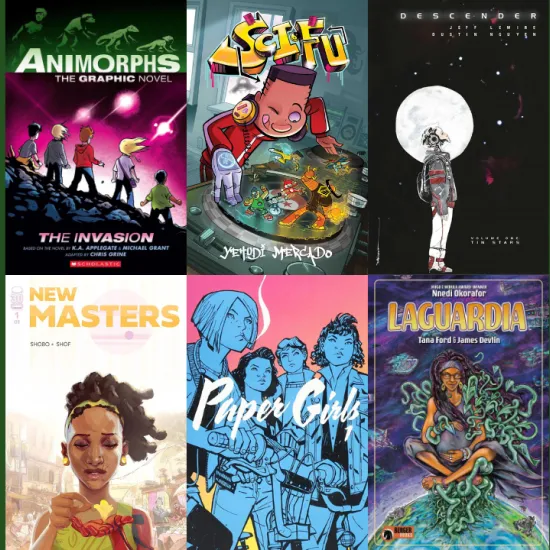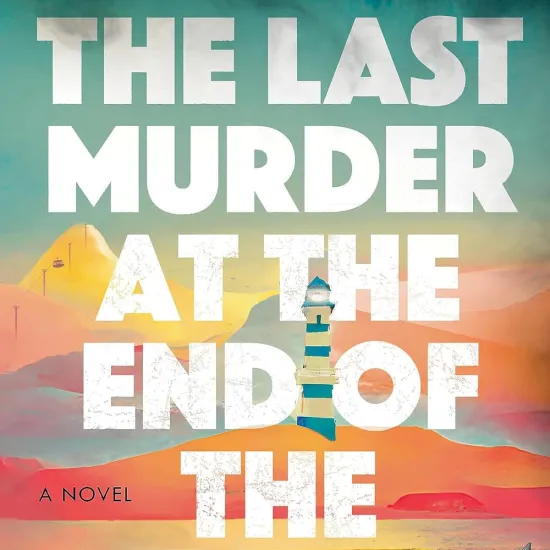- Emily J.
- Thursday, February 18, 2021
First graders gradually progress from learning letter sounds to blending sounds into words. Eventually, reading becomes more fluid. Each child learns to read at a different pace, so make sure the groundwork from Learning to Read Part 1 is set before venturing into reading two-syllable words.
How will I know my 1st grader has met the SC Standard for learning to read?
- My child can use knowledge of the individual sounds of letters to read simple words
- My child can read a two-syllable word by breaking the word into parts and understand that every syllable must have a vowel sound
- My child can use context to confirm or correct word recognition and understanding
- My child can expand the number of “sight” (frequently used) words
- My child can begin reading independently with accuracy and understanding of the meaning.
Syllables
Understanding syllables is the key to unlocking multisyllabic words. Children begin learning about syllables when they start to count the “beats” in a word. Clapping the beats is the most common way to count syllables—and sometimes this can be hard for children. The video below has some great alternatives to clapping.
Start by counting the beats in a word and transition to what the beats mean. The vowel sound is the beat in the syllable. Project Read uses the phrase, “A syllable is a word or part of a word that has one talking vowel.”
Open and Closed Syllables
Understanding open and closed syllables helps children determine if a vowel makes a long or short sound. The word “be” is an open syllable because it ends with a vowel. The vowel in a open syllable makes a long sound. The word “bet” is a closed syllable because it is closed in by a consonant. The vowel in a closed syllable makes a short sound. Knowing this rule will help children read multisyllabic words like “sunset” which has two closed syllables or “begin” which has an open and closed syllable. Below is an activity from All About Reading to help reinforce the concept of open and closed syllables .

Here’s another fun open and closed syllable game from This Reading Mama.
Compound Words
When children have a handle on decoding one syllable words, introduce the idea of compound words. These interactive activities below from All About Reading will help to reinforce the idea. What could be more fun than creating banana splits or chopping vegetables?

Chop Chop Compound Word Activity
Banana Split Compound Word Activity
Magic e
The power of magic e makes the vowel say its name. Oftentimes, I’ve created magic e wands to show children how the vowel changes from a short sound to long sound with magic e. The word “fat” becomes “fate” and the word “bit” becomes “bite.” The list goes on and on. The Measured Mom has tons of free and quality resources to help teach this skill. The video below introduces the magic e and will also give you a good chuckle.
Haiku
Reading haiku's together is a great way to practice listening for syllables in words. The list below are some of many children's haiku books available at Richland Library.
Books to Read
The haiku titles below will help you and your child discuss syllables. Want us to pull books for you? Contact us at 803-799-9084 and request to have books sent to your nearest Richland Library location.
Do you want to explore more SC Reading Standards?
Visit the Richland Library's SC Education Standards page.


One Big Rain

Guess Who, Haiku

If It Rains Pancakes. Haiku and Lantern Poems


Whooo-ku

Hi, Koo!





